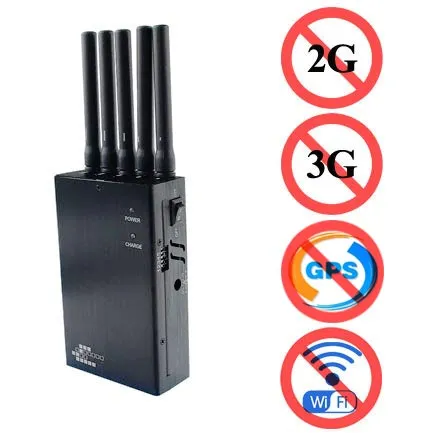
Many criminal departments have started purchasing and assembling onboard frequency signal jammer. Usually, these customers provide SUV chassis and then send the purchased frequency signal shielding equipment to the vehicle modification factory for modification and assembly. Make it a qualified and satisfactory automotive frequency jammer. However, in the process of developing vehicle modification plans, the question of which power supply method is the best often becomes the first issue that customers need to solve.
Due to the high power consumption of the onboard frequency jammer itself, it is generally required that the modified vehicle can provide at least 5KW of power output, and there are even some onboard frequency jammers. Because there are many types of wireless devices that require communication interference modules of at least 24A, which may require the modified vehicle to provide at least 10KW of power output. With such a large power consumption, relying solely on the vehicle's built-in generator or battery cannot meet the power supply demand.
There are usually two options for supplying power to the on-board frequency jammer on the refitted vehicle: the first is to choose the traditional gasoline generator or diesel generator. The biggest benefit of adopting this method is that it has low cost and low price. The purchase cost of a gasoline generator or diesel generator is between 1000 and 2000 dollars. But this approach also brings obvious drawbacks: separate isolation compartments need to be made inside the car, and exhaust ventilation measures need to be taken. Due to the high noise generated by such generators, it is necessary to discharge the exhaust gas and exhaust gas outside the vehicle as soon as possible. There is also a disadvantage: if the modified vehicle is used in a stationary state, and the on-site environment is calm, oil fumes and exhaust gases will quickly accumulate around the vehicle, causing interference with the frequency of the vehicle. This instrument has brought a very poor user experience.
The second method is to choose a power take-off generator, which is installed next to the original vehicle engine and driven by a belt to generate electricity. The advantages of using this method are obvious: low noise, stable and reliable output power, and no additional oil smoke and exhaust gas. But there are also drawbacks that can cause customers to struggle: the procurement cost of generators is relatively high, and the price of a set needs to be at least tens of thousands, or even as high as 100000. Another drawback: Not all vehicles can be used as vehicle chassis for on-board frequency jammers. Because it is necessary to consider whether there is suitable space in the engine compartment of the vehicle to install the generator.
If it is necessary to ask the manufacturer for some suggestions, our mainstream opinion is still that the power supply method of the generator is the most suitable for the on-board frequency interference machine.